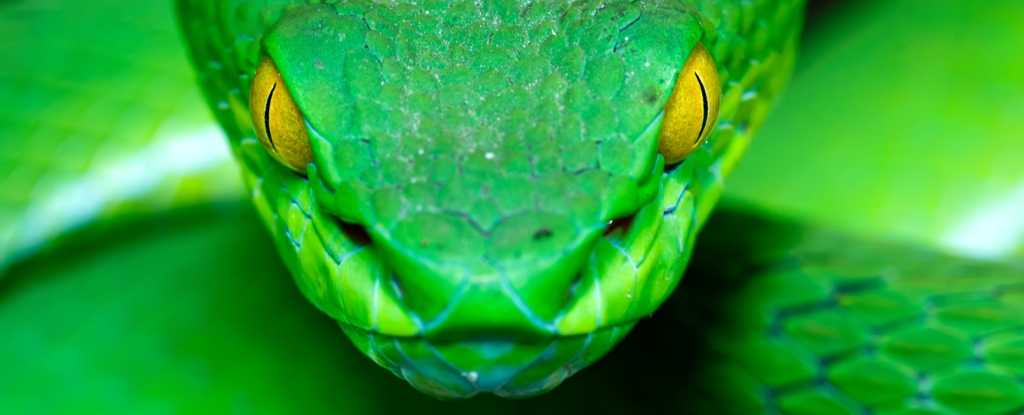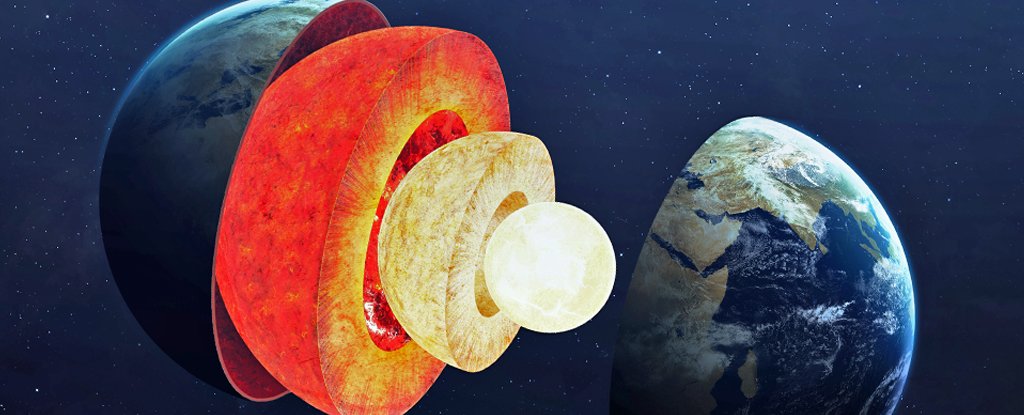ARTICLE AD
A lot of Star Trek opinion is based on the paradoxical idea that the series within the franchise simply “get good” at some point. TNG’s not TNG until Riker has a beard, we say, ignoring all the fantastic ideas the series got into before that. The idea of Trek shows usually having a dodgy first season has been thoroughly refuted at this point in the modern renaissance, and was arguably not entirely true even before that.
Studio Thought Seed of Chucky Was ‘Too Gay, Too Funny'
And then there’s Deep Space 9—simply exquisite, remarkable television, perhaps the franchise’s darkest, finest hour... but only, we’re to believe, once the show begins tackling the Dominion subplot and its eventual escalation into all-out galactic war. Except I’ve been revisiting the show from the beginning recently, and cannot help but think that such a framing does DS9 a huge disservice. While the Dominion War forced open the cracks in Star Trek’s idealized world, those cracks have always been there, and DS9 was prying them open with gleefully gritted teeth from the get-go.
I already got an inkling of this revisiting the debut season of the series last year for its 30th anniversary—and found remarkable gems in a season that most Trek fans tell you is not worth checking out beyond the establishing premise of the show. But season two really picks on up on the threads laid down across season one of the various tensions still at play in the messy story scenario DS9 found itself a home in, where most other Star Trek series simply moved on to the next adventure: what happens when a society is saved from violent oppression, and Starfleet steps in?

Screenshot: Paramount
From the get-go, we see the tinderbox of the various struggles Bajor’s Provisional Government faced establishing itself in season one—an issue we mostly saw explored through the eyes of Major Kira and her own exasperations with both Starfleet and her past as a resistance fighter—explode in season two, as the machinations of Vedek Winn (the always remarkable Louise Fletcher, lacing every utterance of “My child” with more venom than thought humanly possible) set the stage for a coup attempt that sees Deep Space Nine become a battleground long before the show became the “war show.” Settling the Bajoran coup d’etat early on in season two likewise creates a ripple effect throughout the stories being told, ones we really begin to see reflected in the two-part storyline “The Maquis.”
A fascinating mirror to the tensions of the Bajoran/Starfleet conflict of season one—the idea that people are looking at our heroes and asking them what the point of them being here on the frontier is really worth—“The Maquis” explores the establishment of, and the beginnings of wide-scale dissent with, a guerrilla group of Federation colonists in the demilitarized zone established between the Cardassian Union and the Federation. Starfleet’s diplomacy re-drew lines of territory between the two powers, changing the control of colony worlds in that area of space and uprooting the lives of civilians—not members of Starfleet, just beings from the Federation and from Cardassia alike—without a care in the world. It’s that careless degree of thought and consideration is really what comes through in “The Maquis”—we’ve seen Starfleet officers humbled by hubris before this in Star Trek, but rarely has Starfleet as an entity, and even the Federation, been portrayed as so ignorant as they are in these two episodes.

Screenshot: Paramount
Commander Sisko and his team investigate reports of conflicts between Cardassian and Federation colonists—including a terrorist attack on DS9 that destroyed a Cardassian ship—with Starfleet’s liaison to the region, Calvin Hudson. As they do so, the terrible plight civilians on both sides are facing, from the Cardassian military commander’s subtle attempts to destabilize the region further and play intra-command politics, to Starfleet’s attempts to police from afar, becomes incredibly clear. But as the revelation of the Maquis’ existence (and the twist that Hudson himself has resigned from Starfleet to aid them) emerges, and tensions begin to ramp up towards open conflict, DS9 bares its fangs directly at Star Trek’s utopia in an absolutely stunning scene in part two of “The Maquis.”
Recieving a meeting in person with Admiral Nechayev in his office on DS9, Sisko, already reeling from his old friend Hudson’s betrayal, can barely contain his disdain when he’s simply told by Starfleet that if he establishes a dialogue with the Maquis, they will remember that they are citizens of the lauded, grand Federation, and the day will be saved—and that because it’s all that simple, he’ll be getting no extra help from Starfleet beyond such sage advice.
"Well it's easy to be a Saint in Paradise"—Deep Space Nine vs. Star Trek's Utopia
The second Nechayev leaves his office—and crucially, a likeminded Kira enters—Avery Brooks unleashes himself. We’ve known up to this point that Sisko is not a man afraid of throwing a few punches, literally or otherwise, or that he’s willing to keep his sense of justice in check, but even for all the traumatized disdain he had for Jean-Luc Picard in DS9's premiere, we’ve never seen him unload on Starfleet like he does here, blasting the Federation for looking outside its window and nowhere else. “It’s easy to be a saint in paradise,” he rails, “but the Maquis do not live in paradise. Out there, in the demilitarized zone, all the problems haven’t been solved yet. Out there, there are no saints: just people.”
Star Trek has always characterized itself as a series about people—about the best and brightest of ourselves going out into the stars to explore, to defend innocents from justice, to preach and practice the ideals of their post-war, post-scarcity, post-shades-of-grey utopia. But in one stirring speech, DS9 puts forward that these are the people that Star Trek should never have been about: it’s the people on the fringes of that society, shaped by the decisions of its leadership, and never supported to put those decisions into practice, only judged when their world doesn’t match up to the well-maintained gardens of Starfleet Academy, the pristine hallways of its San Francisco command center, or even the plush carpet of a Galaxy-Class’ bridge. What on earth are those people meant to do when things go wrong?
“The Maquis” is a fundamental stepping stone to the stresses Deep Space Nine would explore with the Dominion, starting shortly after in season two’s finale, “The Jem’Hadar.” Already having shown just how good Starfleet Command is at letting down its own people, in giving the Federation a seemingly overwhelming foe in the Dominion’s titular footsoldiers, we see how thoroughly unprepared the Federation has been left. But its hubris and ignorance was not established in its response to the Dominion, and the war that was to come—it was established where Deep Space Nine has always worked best: in the muck of it all, on the edge of the galaxy, with the people trying so hard to do the good work with the little they’ve got. And that was something it was doing from the very beginning.
Want more io9 news? Check out when to expect the latest Marvel, Star Wars, and Star Trek releases, what’s next for the DC Universe on film and TV, and everything you need to know about the future of Doctor Who.

 8 months ago
55
8 months ago
55 

